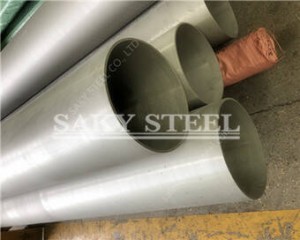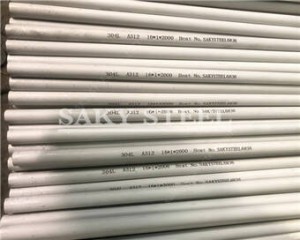Seamless stainless steel pipes offer several advantages compared to welded stainless steel pipes. Some of the key advantages include:
1. Enhanced Strength and Durability: Seamless stainless steel pipes are manufactured from solid stainless steel billets without any welding or seams. This results in a pipe with uniform strength throughout its length, making it more resistant to pressure, stress, and mechanical damage. The absence of welds also eliminates potential weak points in the pipe, enhancing its overall durability.
2. Corrosion Resistance: Stainless steel is renowned for its excellent corrosion resistance properties. Seamless stainless steel pipes, due to their homogeneous structure and lack of welds, offer superior resistance to corrosion and oxidation. They can withstand exposure to harsh environments, including corrosive chemicals, high humidity, and saltwater.
3. Smooth Interior Surface: Seamless stainless steel pipes have a smooth interior surface, which is advantageous in applications where the flow of fluids or gases is critical. The absence of weld beads or protrusions helps minimize turbulence and pressure drop, allowing for efficient and uninterrupted flow.
4. High Precision and Dimensional Accuracy: Seamless stainless steel pipes are manufactured using advanced production techniques, resulting in precise dimensions and tight tolerances. This makes them suitable for applications that require high precision, such as in the oil and gas industry, automotive sector, or pharmaceutical industry.
5. Wide Range of Applications: Due to their exceptional strength, corrosion resistance, and versatility, seamless stainless steel pipes find applications in various industries and sectors. They are commonly used in industries such as oil and gas, chemical processing, food and beverage, pharmaceuticals, construction, and automotive.
6. Easy Installation and Maintenance: Seamless stainless steel pipes are relatively easy to install and maintain. Their uniform structure and standardized dimensions allow for convenient connection methods, such as threading, flanges, or welding. Additionally, their corrosion resistance properties reduce the need for frequent maintenance, saving time and costs in the long run.
Post time: Jun-14-2023

